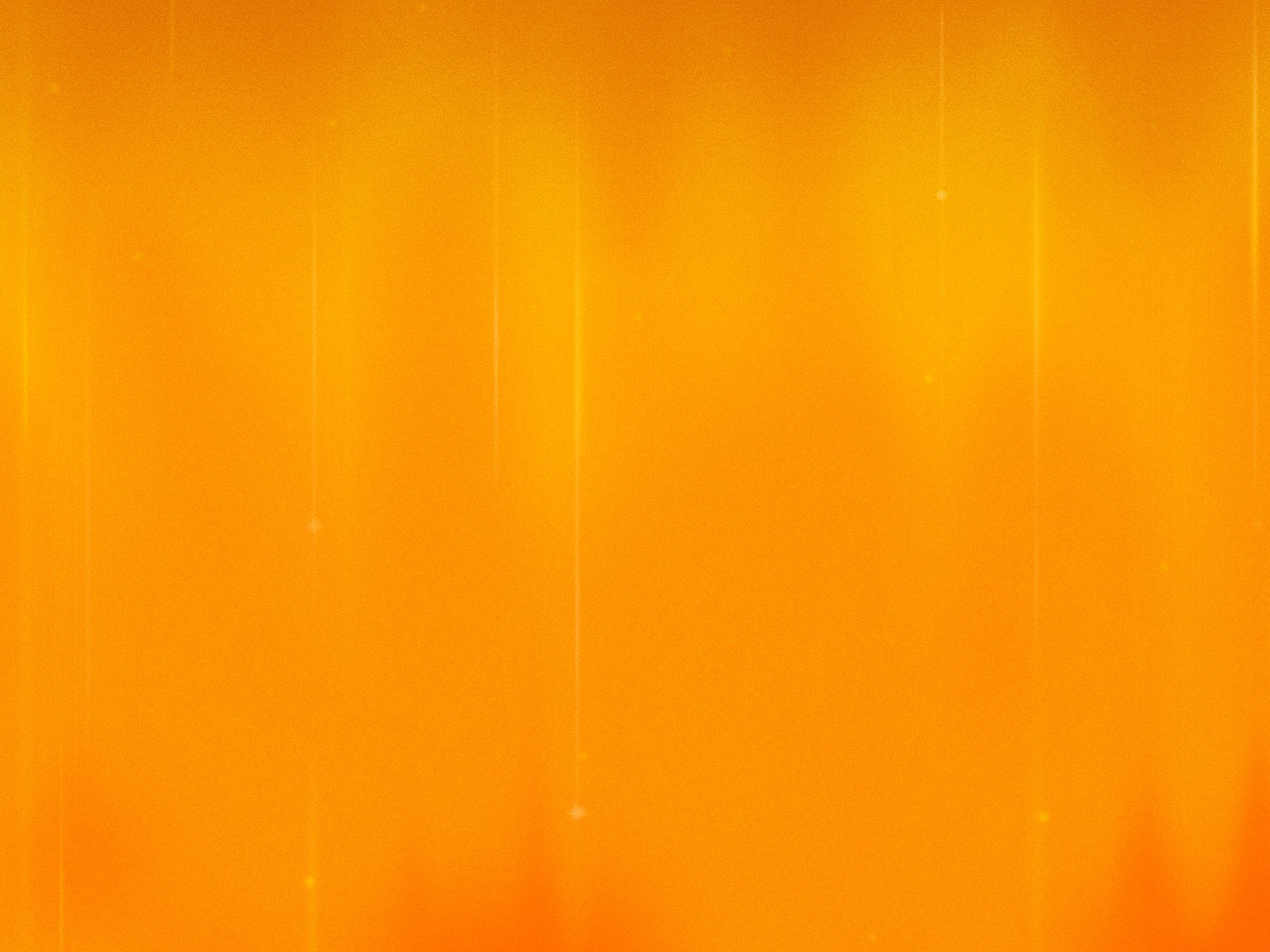
THERAPIES
Many of the treatments offered at Acupuncture Works help stimulate qi and blood flow.
When we refer to Qi, we’re talking about the flow of energy. Where Qi flows, blood follows so if we improve the flow of Qi, the patient will have better circulation and healing.
Acupuncture
-
Acupuncture is the main modality of Oriental medicine. It consists of the insertion of fine needles into the body at specific points.
Acupuncture is based on ancient theories of the flow of qi through distinct channels that cover the body, somewhat like the nerves and blood vessels. Oriental medicine has described in detail the pathways of the wide variety of channels that serve to circulate nurturing qi and blood to every part of the body.
The channels penetrate the organs and intestines, connects with the skin, muscles, flesh, tendons, and bones, linking all the tissues and structures of the body into an integrated whole.
Qi can be defined as a fine essential substance/energy which nourishes and constructs the body.
According to this theory, acupuncture adjusts the flow of qi in the body, leading qi to areas where it is insufficient and draining it from areas where it is stuck and/or super abundant. In this way, acupuncture restores the harmonious balance of the body and its parts.
The 300 plus acupuncture points have individual qualities and are selected for specific treatment actions and indications. These points are located by anatomical landmarks, body measurement, and palpation.
-
Acupuncture is effective for improving blood circulation, clearing heat internally and externally, resolving toxins, dispersing swelling and nodulation, and reducing pain.
The acupuncturist accesses the energy through points that have been researched and mapped over thousands of years ago.
Acupuncture and Oriental medicine therapies have been successful in treating infertility, acute and chronic pain, asthma, diabetic symptoms, depression, anxiety and stress, digestive disorders, allergies and plantar fasciitis, carpal tunnel, arthritis, headaches, migraines and Bell’s Palsy.
Auricular Acupuncture
-
Hand and foot reflexology has been used for thousands of years, but the reflexology of the ear is relatively new.
Auricular acupuncture has undergone an evolution to become a mainstream modality in modern times.
In auricular-therapy, an active reflex point will show up when there is some pathology, pain, or dysfunction in the anatomically corresponding part of the body.
-
Effective for PTSD, withdrawing addicts from narcotics, alcohol, and nicotine.
Auricular acupuncture can complement fully body acupuncture for reducing pain.
Its scope of clinical application encompasses many categories of internal disease, such as mental disorders and external diseases, including dermatoses such as hives, acne, vitiligo, eczema, and psoriasis.
Scalp Acupuncture
-
Scalp acupuncture is one of several specialized acupuncture techniques with a specific body location, such as the ear.
Although the scalp has numerous traditionally identified acupuncture points, scalp acupuncture differs from traditional acupuncture therapy.
The origin of modern scalp acupuncture is 1935, when the concept of a relationship between the scalp and the cerebral cortex. Several acupuncturists pursued this line, seeking points and zones on the scalp that would treat diseases of the brain.
Initial results of clinical work indicated that acupuncture applied to the scalp had good effect on diseases that were associated with cerebral damage, such as stroke. Its applications were then extended to virtually all other diseases, but a focus on the nervous system disorders is dominant.
The needles are inserted to the aerial tissue layer beneath the scalp surface, at a low angle of 15-30 degrees. The needles are stimulated by various needle techniques or electro-stimulation.
-
Effective for diseases associated with cerebral damage, such as stroke, migraine headaches, neuropathy and motor and sensory dysfunction.
Electric Stimulation
-
Electro-stimulation utilizes very low electric current to amplify stimulation of the acupuncture point through the acupuncture needle. Small clips are attached to the needles and the unit is adjusted to the proper frequency and strength depending upon the patient’s diagnosis.
Electro-stimulation improves the qi flow, lymph circulation and blood circulation. It is often used for muscle spasms, acupuncture analgesia, and to enhance point stimulation in general. The stimulation can be used as a tonifying method as in the case of muscle fatigue or deteriorating muscle control. It can also be used in dispersing method for pain from an acute injury.
-
Acute pain, lymph circulation, blood circulation, muscle spasms, acupuncture analgesia, muscle fatigue and deteriorating muscle control.
Moxibustion
-
Moxibustion is often used in conjunction with acupuncture. It uses heat to warm the channels, scatter cold, and harmonize qi and blood. Clinically, moxibustion has a very broad scope of application, including internal diseases, external conditions, gynecology, pediatrics, and dermatology. It utilizes an herb in Latin called folium artemisiae argyii or mugwort.
It is used both internally in herbology as well as externally in moxibustion. In Chinese it is called ai ye and in Western herbology it is called mugwort.
It is used primarily because it doesn’t ignite into flames, but rather smolders slowly.
Mugwort can also be formed into sticks for indirect moxibustion and used for warming acupuncture points and areas to increase blood and qi flow.
Mugwort can also be placed and burned on top of ginger, garlic or salt for various conditions.
-
Effective for pain due to injury or arthritis, especially in "cold" patterns where the pain naturally feels better with the application of heat. It’s also good for digestive problems, Crohn’s Disease, constipation, diarrhea, gynecological and obstetrical conditions.
Cupping
-
Cupping is a simple and effective therapeutic technique which can be used alone or in combination with acupuncture or moxibustion to enhance the treatment.
The function of cupping is to warm and move qi and blood in the channels and surrounding tissue. The method typically utilizes a glass or porcelain cup.
Heat is introduced into the cup in order to reduce the internal pressure, thereby producing a vacuum. When the cup is then inverted onto the skin surface, the skin will be drawn up by suction forming a firm grip around the rim of the cup causing a congestion of the blood and lymph, bringing white blood cells to an affected area.
-
Cupping is effective for acute and chronic muscle pain and sprains, arthritis, common cold, cough, asthma and other illnesses.
Herbal Therapy
-
Many of the treatments offered at Acupuncture Works help to stimulate qi and blood flow. When we refer to Qi, we’re talking about the flow of energy. The term originates from Qi Gong, which is an ancient Chinese discipline that’s been practiced for 3,000 years.
Qi Gong involves uniting the mind, breath and posture to create a calm, natural balance of energy.
Qi Gong and its associated practice Tai Chi have both been used to help treat heart disease, blood pressure, arthritis, digestive disorders, obesity, depression, and many other illnesses and ailments.
The gentle exercises involved with Qi Gong use the posture, breath control and visualization to develop and maintain consistent energy flow.
This energy or qi flows through the meridians and exercises the entire body, from the muscles and tendons to the internal organs.
Qi and blood flow together and you never want stagnation of either. If stagnation occurs, disease or injury tends to follow.
Practicing Qi Gong techniques on a regular basis will help to prevent stagnation in the organs, muscles, and joints.
Routine Qi Gong can also help to improve focus, breathing, relaxation, movement, and general health.
-
QiGong is effective for heart disease, blood pressure, arthritis, digestive disorders, muscle pain, obesity, stress, depression, anxiety, sleep disorders and focus.
Routine Qi Gong can also help to improve focus, breathing, relaxation, movement and strengthen the hormonal endocrine glands and immune system.
QiGong
-
Traditional cultures have known about the medicinal properties of herbs for centuries. Herbs have been and can be used to treat many illnesses.
Many of the drugs that are prescribed today by Western physicians are derived from natural ingredients.
Chinese herbs consist mostly of natural ingredients, such as roots, flowers, seeds, leaves, stems, fruits, and minerals.
These substances have all been researched for various properties, such as the temperature, taste, and the organ/channel affected.
There are various methods in taking herbal medicine. The herbs can be made into a decoction from the raw herbs, made into a tea from powdered/processed herbs, or taken in a formed pill or tablet produced by an herbal company.
A formula can have one or more various herbs dependent upon the signs and symptoms of the patient. Individual herbs are constructed into formulas based upon the disease pattern of the patient and often modified as the patient regains health and pattern evolves.
-
Herbs can be used for a host of ailments, such as arthritis, common cold, muscle and joint pain, deficiencies in organ vitality, emotional disorders, digestive/stomach issues and infertility treatment for males and females.
These herbal formulas are available in capsule, tablet or powder.

After four years of trying to get pregnant, three miscarriages and months of fertility treatments, I figured this would be the last attempt for me and my husband to conceive. I started working with Doug in January and we found out we were pregnant in March. Happy clients!
— BROOKE FRENCH







